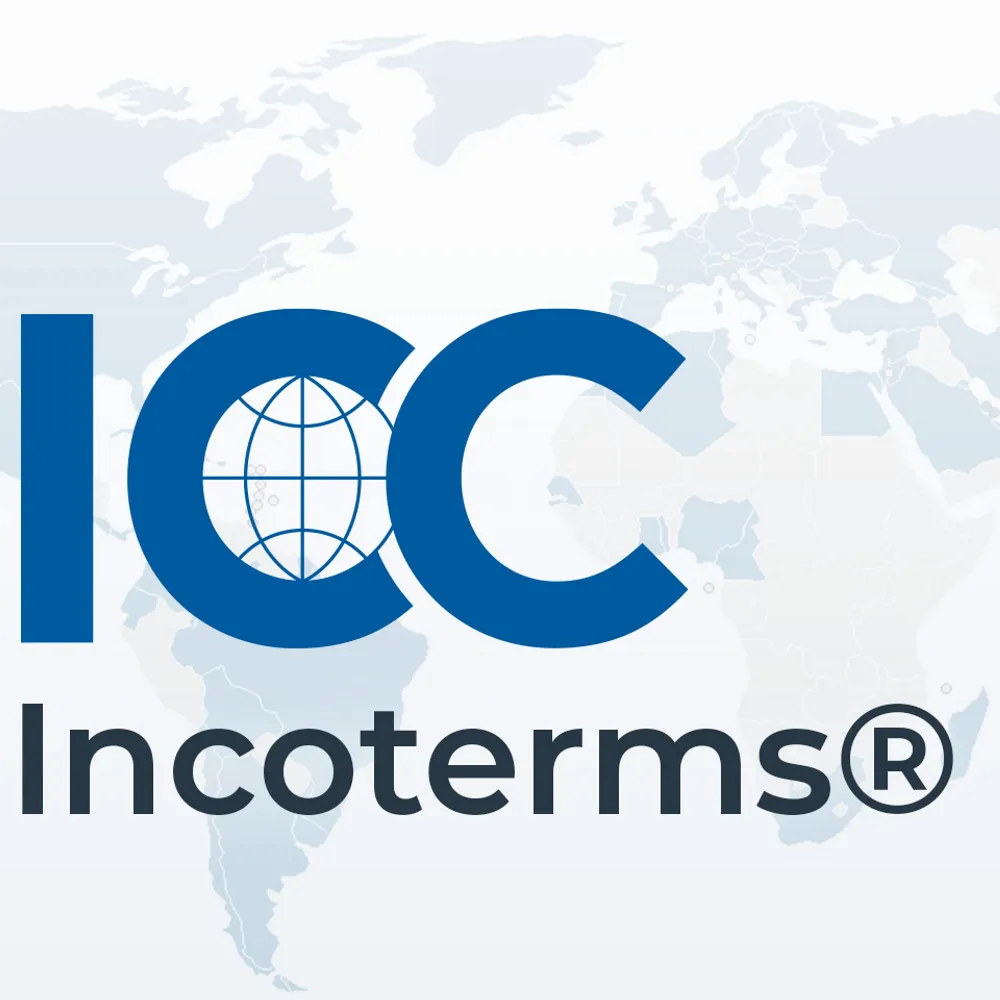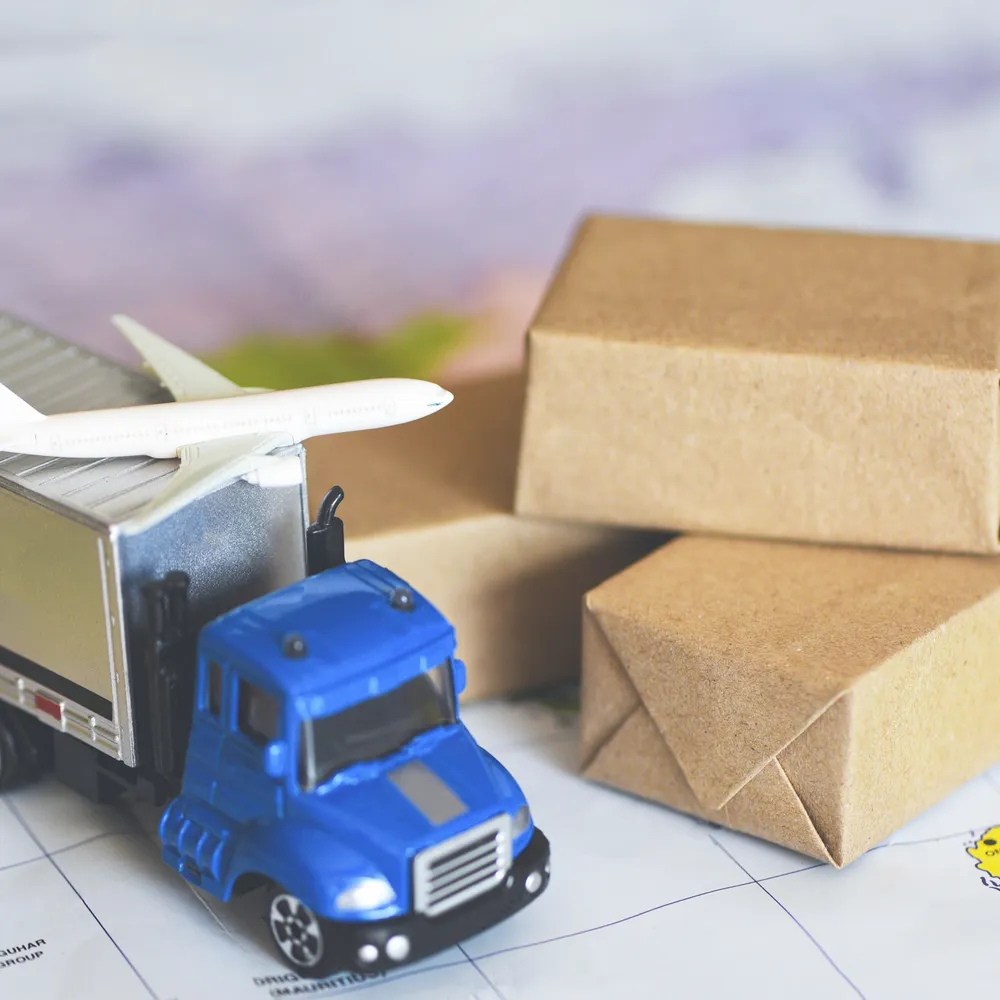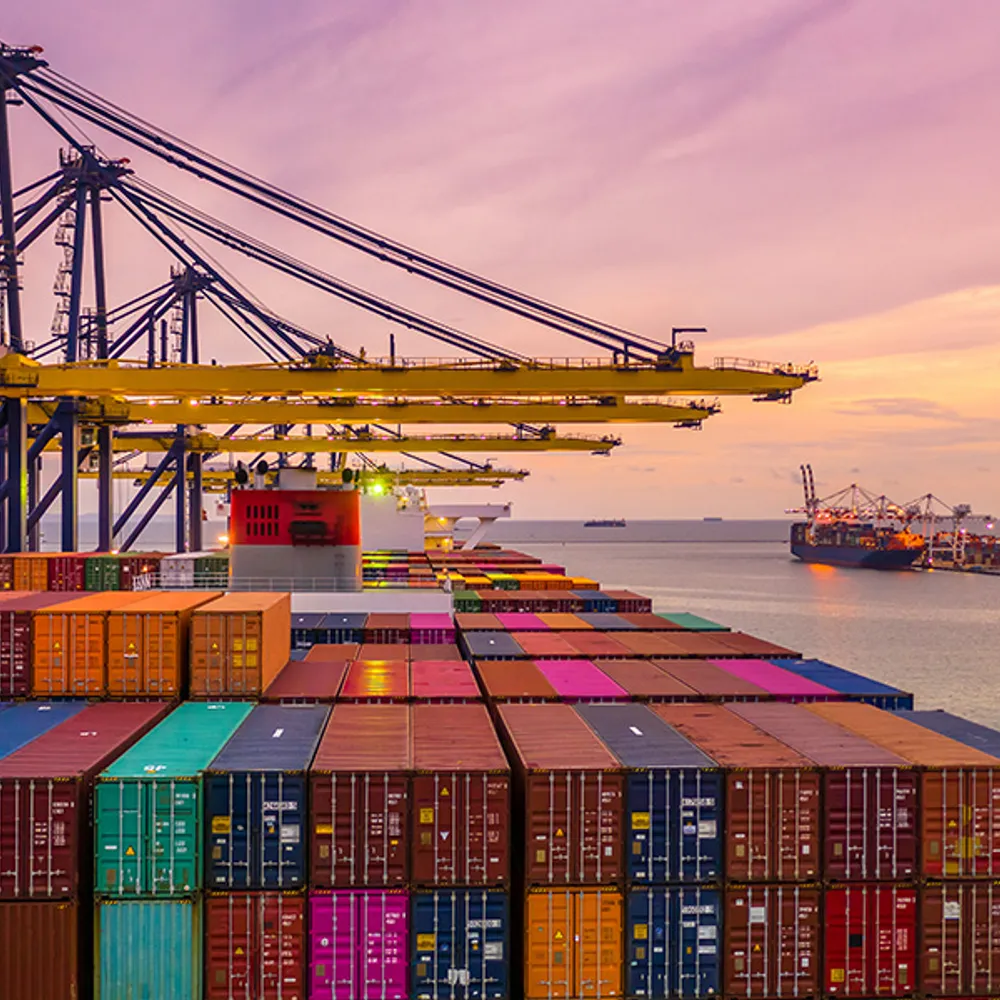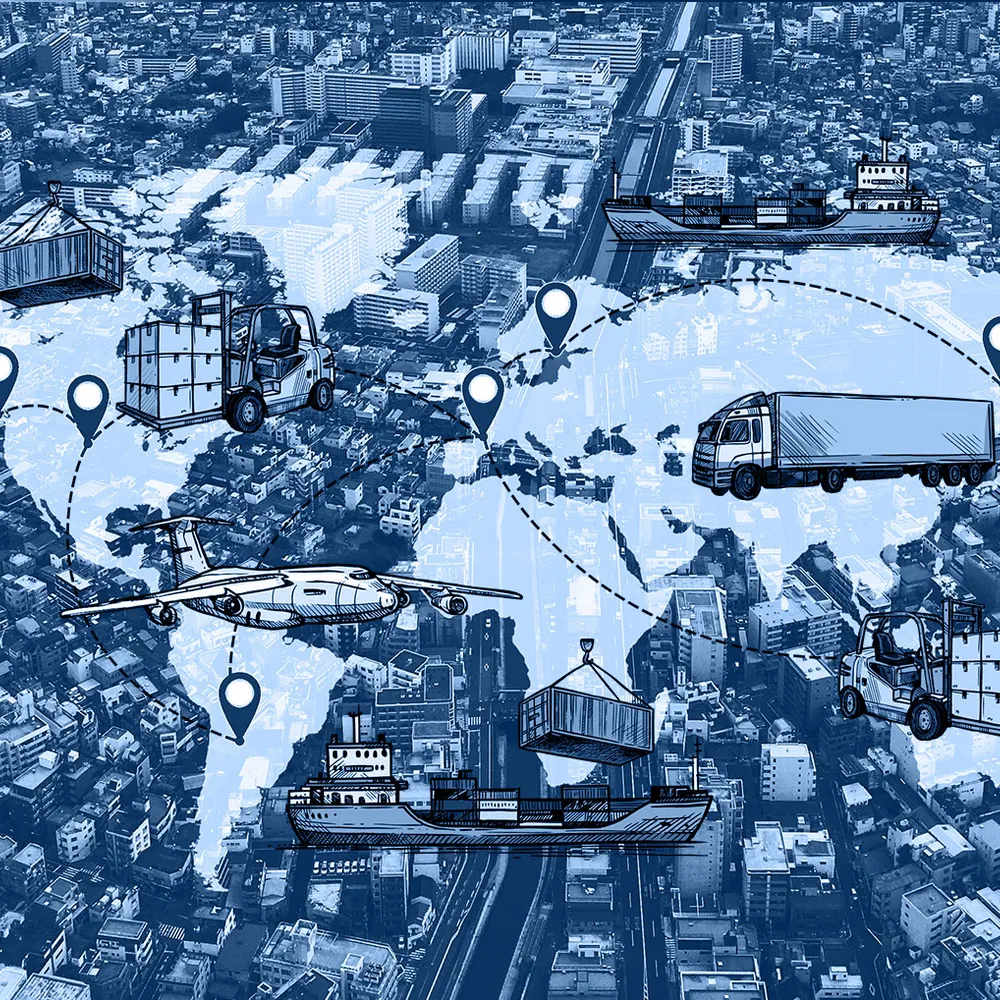
What are ICC Incoterms? (ICC) Trading Standards for International Transactions
Incoterms are a set of internationally accepted terms that describe the responsibilities and obligations of the parties for the carriage of goods. Incoterms are used so that the division of the transport cost and the risks associated with the international transport and delivery of goods can be clearly determined between the seller and the buyer.
See more

Obligations, Delivery and Transfer of Risk
In terms of delivery such as DAP, DPU or DDP, the Seller; is obliged to deliver the goods to the carrier who will deliver them to the named place of destination. The Buyer is responsible for unloading the goods.
See more

Definitions of All Delivery Types with Description
Under EXW, the seller minimizes its risk by only making the goods available at its premises or other named place (e.g., factory, warehouse, etc). The seller is not responsible for clearing the goods for export or loading them on the collecting vehicle.
See more

Basic Types and Dimesions of Shipping Containers
From the emergence of the first container products to the present, many different types of maritime and multimodal containers have been designed and manufactured as a response from the logistics chain to ensure the correct transportation of cargo. The size and weight of the cargo, the solid or liquid nature of the cargo, the degree of standardization of the cargo, the type of crane and spreader required for the cargo are some of the most important points to keep in mind when choosing a container.
See more

Pallet Types, Dimensions and Container Arrangement
A pallet is an important logistics equipment in transportation. Pallets are portable, solid platforms those are flat and able to carry the load. Different types of pallets can be used to stack, store, consolidate or transport goods. Pallets increase operational efficiency in the warehouse by allowing stacked goods to be moved easily using machines or tools such as forklifts and pallet trucks.
See more

Differences Between Procurement and Purchasing
From past to present, companies have developed various methodologies to ensure optimum supply of materials and services. These methodologies can be seen in systems such as software systems, e-procurement, e-purchasing, e-commerce systems used by companies. What needs to be understood before examining these systems is the differences between sourcing and purchasing. Although these two processes seem to be basically similar or intertwined, there are some distinctive differences.
See more



